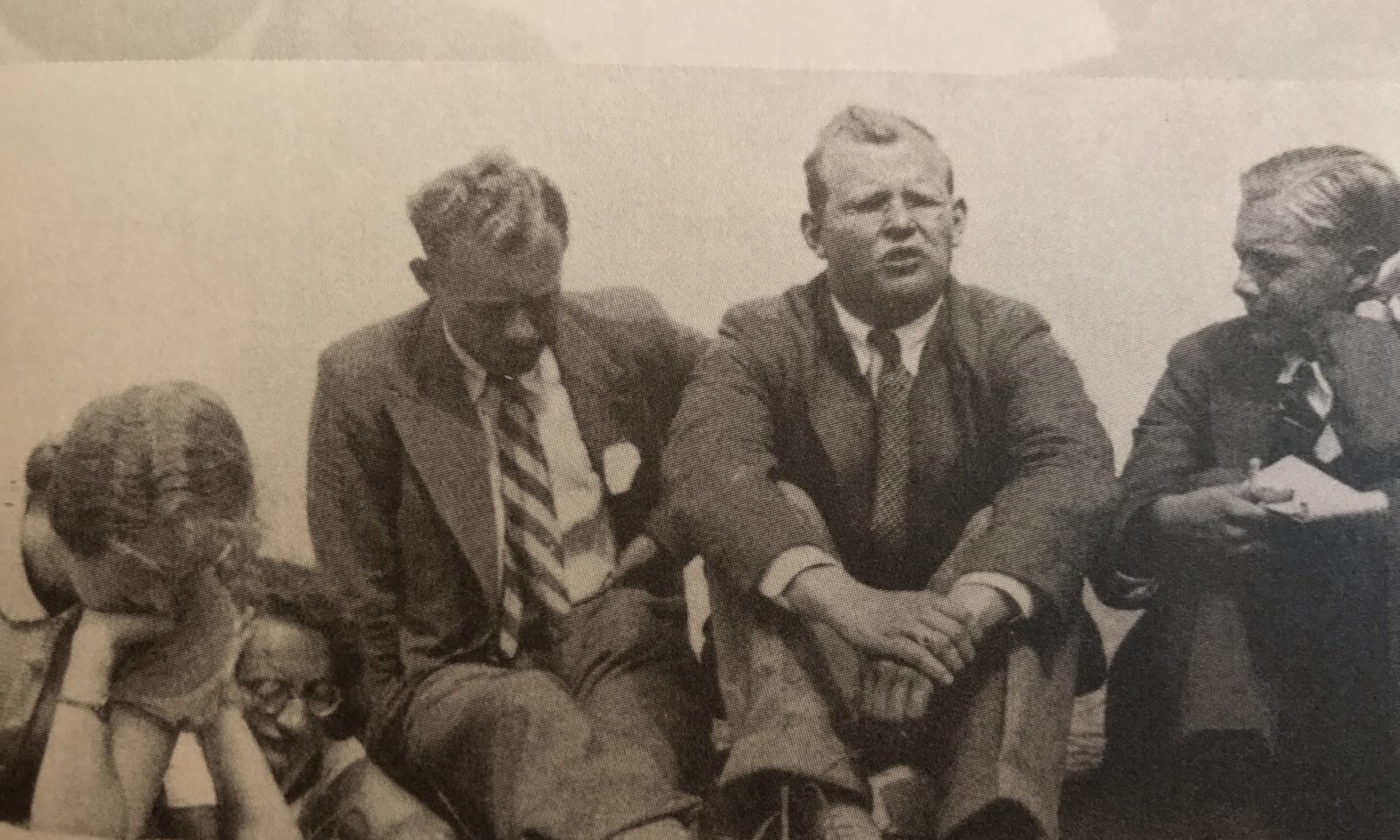Doctrine needs to answer a question that arises and presses for a response.1 Belief is “inextricably embodied in patterns of habit, commitment, and action, which constitute endorsement, ‘backing,’ or ‘surroundings’” for that belief.2
Where it fails to do so, it begins to address freestanding problems and loses connection with its own life context.3 And losing connection with this life context runs the perilous risk of falsifying precisely the belief that the doctrine affirms.
An Example: Pecca fortiter
In his Cost of Discipleship, Dietrich Bonhoeffer gives an excellent example of this danger.4 Bonhoeffer cites Martin Luther’s dictum Pecca fortiter, sed forties fide et gaude in Christo. That is, “Sin boldly, but believe and rejoice in Christ more boldly still” (55). According to Bonhoeffer, in interpreting this maxim, “everything depends on applying the distinction between the data and the answer to the sum” (56).
Pecca fortiter as a Freestanding Maxim
As Bonhoeffer points out, the difficulties with this statement become obvious if we leave off Luther’s “backing” or “surroundings” for it and take it as a “premiss” or a freestanding maxim.
Doing so makes the statement mean something like
You are a sinner … and there is nothing you can do about it. Whether you are a monk or a man of the world, a religious man or a bad one, you can never escape the toils of the world or from sin. So put a bold face on it, and all the more because you can rely on the opus operatum of [or, “work performed by”] grace. (55–56)
Loosed from its moorings in Luther’s thought and piety pecca fortiter, “conjur[es] up the spectre of cheap grace” (56).
Thus, Bonhoeffer comments,
Taken as a premiss, pecca fortiter acquires the character of an ethical principle, a principle of grace to which the principle of pecca fortiter must correspond. (56)
As a freestanding maxim, pecca fortiter advocates “cheap grace” because it makes itself out as an ethical statement. It does not respond to a question that has arisen. Instead it projects from itself the question “What should a follower of Jesus do?”
But, as Bonhoeffer observes, this understanding of pecca fortiter “means justification of sin, and it turns Luther’s formula into its very opposite” (56).
Pecca fortiter as a Response to a Question
On the other hand, pecca fortiter can be a response to a question that has already arisen and that demands an answer. It can and “is meant to be taken, not as the premiss, but as the conclusion, the answer to the sum, the coping-stone, [Luther’s] very last word on the subject” (56).
Pecca fortiter is not a premise but a conclusion. And as such, it is “backed,” “surrounded,” and contextualized by the life context that gives rise to pecca fortiter and demands it as an answer.
What is this life context? And how does it turn pecca fortiter away from being an ethical principle?

“For Luther,” Bonhoeffer comments,
“sin boldly” could only be his very last refuge, the consolation for one whose attempts to follow Christ had taught him that he can never become sinless …. Take courage and confess your sin, says Luther, do not try to run away from it, but believe more boldly still. You are a sinner … and become a sinner … every day, but be bold about it. But to whom can such words be addressed, except to those who from the bottom of their hearts make a daily renunciation of sin and of every barrier which hinders them from following Christ, but who nevertheless are troubled by their daily faithlessness and sin? Who can hear these words without endangering his faith but he who hears their consolation as a renewed summons to follow Christ? (56–57)5
Bonhoeffer asserts that this can happen only when pecca fortiter is backed up and surrounded by this commitment at the exhausted end of grace- and joy-filled striving in discipleship. Only then is pecca fortiter a statement not of license but of comfort, joy, and renewed summons to continue following Jesus.
Conclusion
Such dynamics are, of course, not unique to early 20th-century German Lutheranism. Our collective memory of why, how, and in what contexts particular doctrines matter can dissipate all too quickly. But at the same time, being aware of the potential for such problems can help us look for better ways to (re)connect these doctrines to authentic questions and life contexts.
- Header image by the Dietrich Bonhoeffer Institute. ↩︎
- Anthony Thiselton, Hermeneutics of Doctrine (affiliate disclosure; Grand Rapids: Eerdmans, 2007), 20; see also 28–29. ↩︎
- Thiselton, Hermeneutics of Doctrine, 3–18, 38–39. ↩︎
- Here, I’m quoting and citing from the 1963 edition by Macmillan (affiliate disclosure). ↩︎
- Image provided by Wim van ‘t Einde. ↩︎

Leave a Reply